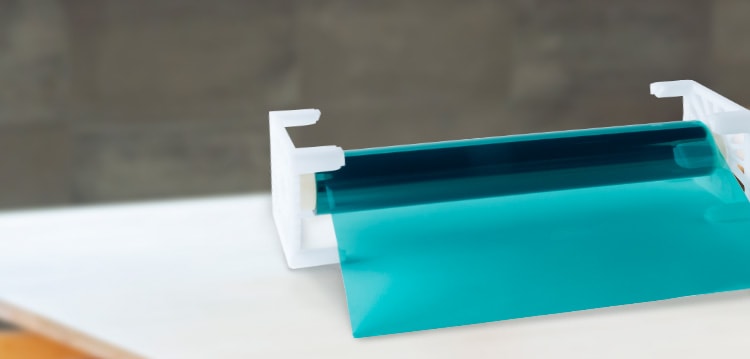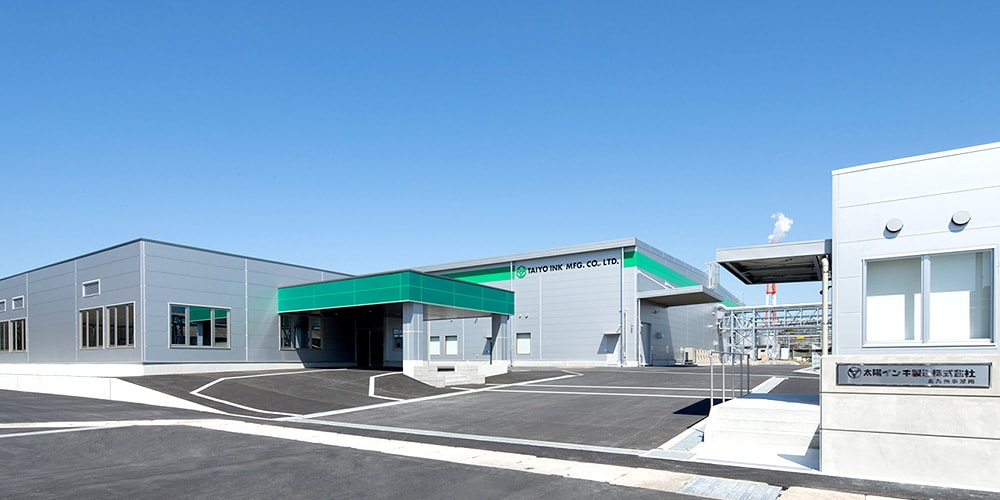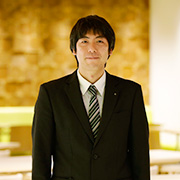In-house system for rapid response
In the past few years, smartphones, tablets, digital cameras and other devices have rapidly improved in terms of advanced functionality and miniaturization, and the needs of customers have continued to change. One product that is meeting such needs is dry film-type solder resist (dry film SR), which is increasingly in demand. For a long time, the most common type of SR has been liquid-type SR, but dry film SR is expected to be used in the next generation of smartphones and other devices as it has special characteristics that make it compatible with fine circuit patterns, and due its ability to reduce manufacturing processes. However, as the Group had fully outsourced production of this product, we did not have an integrated production system for dry film SR. Then, in 2013, in order to be able to flexibly respond to the rapidly changing needs of customers, we established a mass-production system for the in-house production of dry film processes utilizing the technological know-how acquired by the Group.







